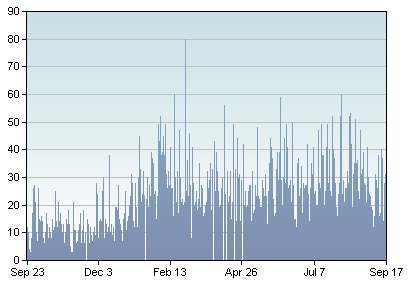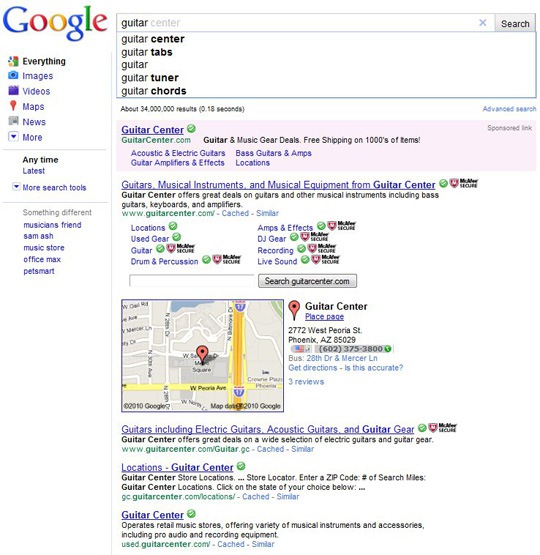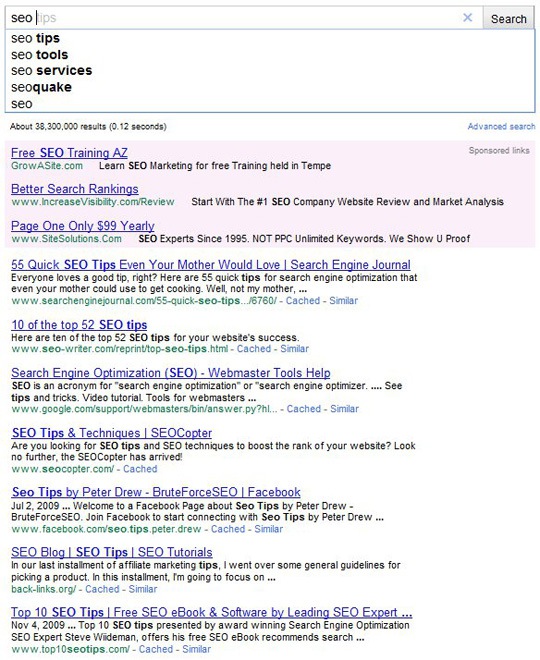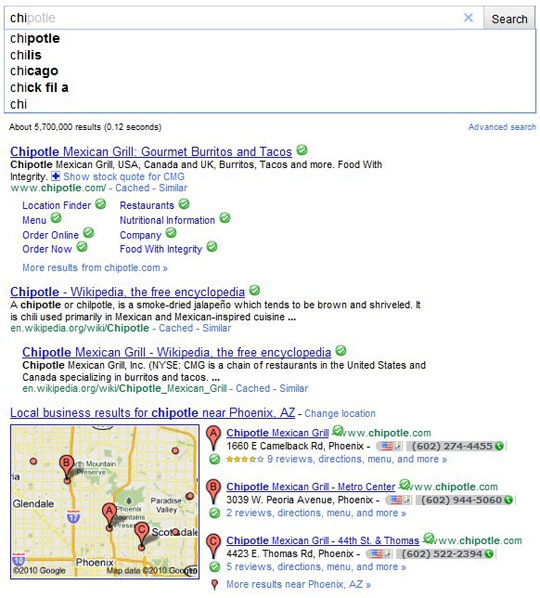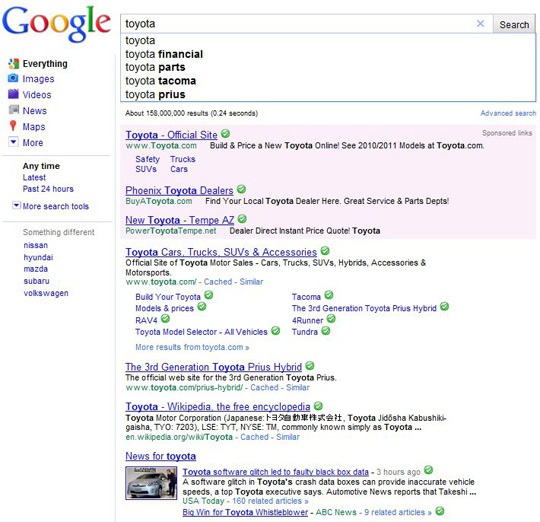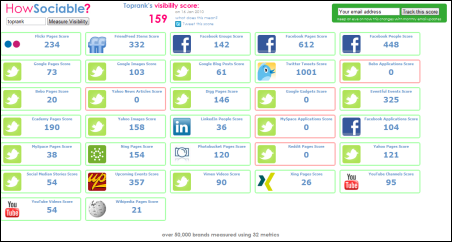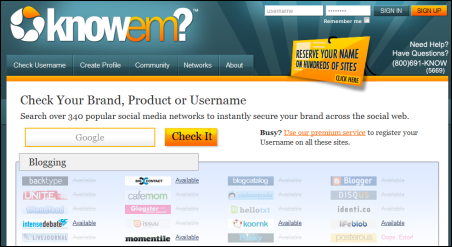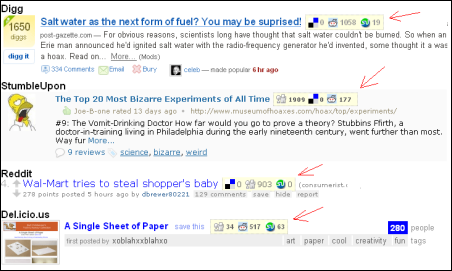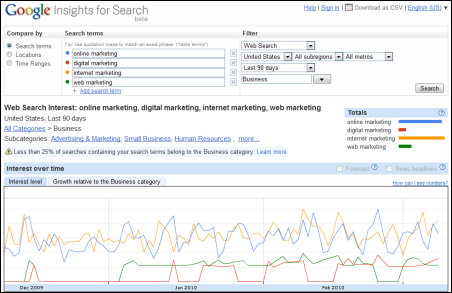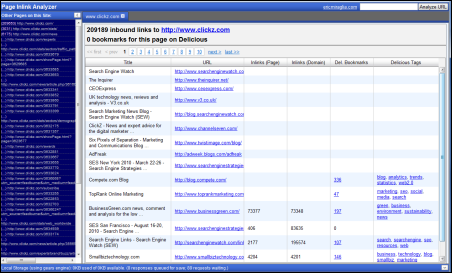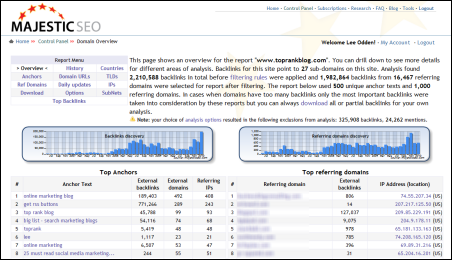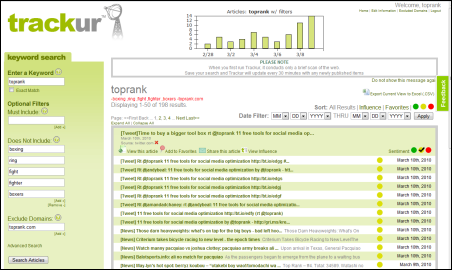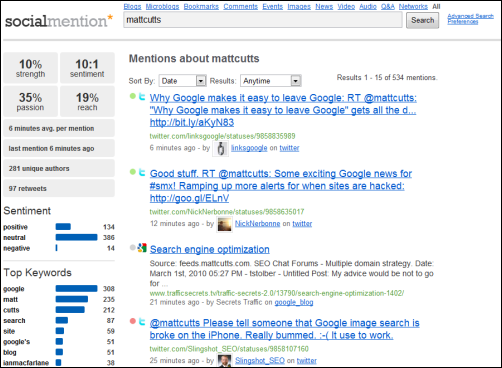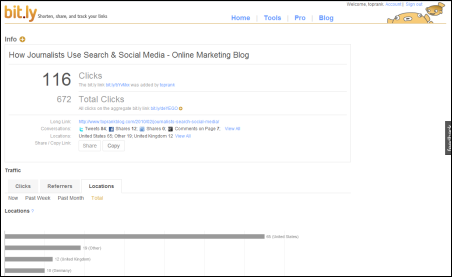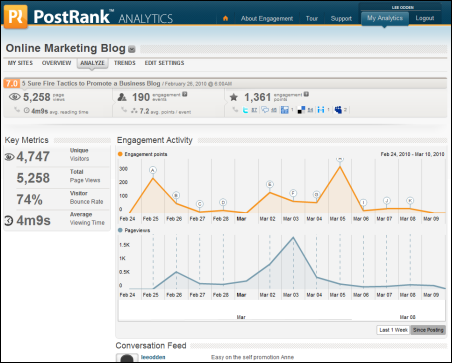"Google me" sounds like a lame pickup line delivered near closing time, but it might also be Google's latest attempt at becoming relevant in social media.
Kevin Rose, of Digg fame, got the speculation rolling Sunday with a tweet that Google was working on a social service called Google Me that would compete with Facebook, perhaps Google's biggest rival for attention on the Internet. On Tuesday, former Facebook executive and Quora founder Adam D'Angelo took things a little further by declaring on Quora that "this is not a rumor. This is a real project. There are a large number of people working on it. I am completely confident about this."
So what might Google Me actually be? No one seems to really know. But it does appear to be somehow related to one's Google Profile, a service that got a shot in the arm with the debut of Google Buzz earlier this year. Google Buzz lets users share links, pictures, and thoughts with friends who find them through their Google Profile, but Buzz hasn't exactly put a dent in Facebook's growth.
That could mean something that mimicked Facebook's news feed within a Google Profile, with status updates, new pictures, and ultimately a fair amount of requests for pitchforks or other digital farming equipment could be in the works at Google. A company representative did not immediately return a call seeking further comment.
Social media has been one of Google's most elusive goals. The company just hasn't produced anything that has moved the needle on social media: Orkut is probably having a good month with the Brazilians in the World Cup quarterfinals, but it doesn't resonate anywhere else. Google Buzz caused a huge privacy flap upon its debut and does not appear to have caught on with the general public once Google fixed those issues. Google Latitude has a decent user base but has been eclipsed by a location start-up--Foursquare--that it actually had the blueprints for in-house after acquiring Foursquare founder Dennis Crowley's earlier start-up, Dodgeball.
But Google has attempted to hit reset on its social strategy in 2010, and Google Me could be the first project designed entirely by that new group. If Google Me does come to pass, expect Google to do its homework on the privacy front (finally) and pitch the service as the anti-Facebook, with clear privacy controls and easily exported data.
Source: http://news.cnet.com/8301-30684_3-20009159-265.html
Kevin Rose, of Digg fame, got the speculation rolling Sunday with a tweet that Google was working on a social service called Google Me that would compete with Facebook, perhaps Google's biggest rival for attention on the Internet. On Tuesday, former Facebook executive and Quora founder Adam D'Angelo took things a little further by declaring on Quora that "this is not a rumor. This is a real project. There are a large number of people working on it. I am completely confident about this."
So what might Google Me actually be? No one seems to really know. But it does appear to be somehow related to one's Google Profile, a service that got a shot in the arm with the debut of Google Buzz earlier this year. Google Buzz lets users share links, pictures, and thoughts with friends who find them through their Google Profile, but Buzz hasn't exactly put a dent in Facebook's growth.
That could mean something that mimicked Facebook's news feed within a Google Profile, with status updates, new pictures, and ultimately a fair amount of requests for pitchforks or other digital farming equipment could be in the works at Google. A company representative did not immediately return a call seeking further comment.
Social media has been one of Google's most elusive goals. The company just hasn't produced anything that has moved the needle on social media: Orkut is probably having a good month with the Brazilians in the World Cup quarterfinals, but it doesn't resonate anywhere else. Google Buzz caused a huge privacy flap upon its debut and does not appear to have caught on with the general public once Google fixed those issues. Google Latitude has a decent user base but has been eclipsed by a location start-up--Foursquare--that it actually had the blueprints for in-house after acquiring Foursquare founder Dennis Crowley's earlier start-up, Dodgeball.
But Google has attempted to hit reset on its social strategy in 2010, and Google Me could be the first project designed entirely by that new group. If Google Me does come to pass, expect Google to do its homework on the privacy front (finally) and pitch the service as the anti-Facebook, with clear privacy controls and easily exported data.
Source: http://news.cnet.com/8301-30684_3-20009159-265.html
